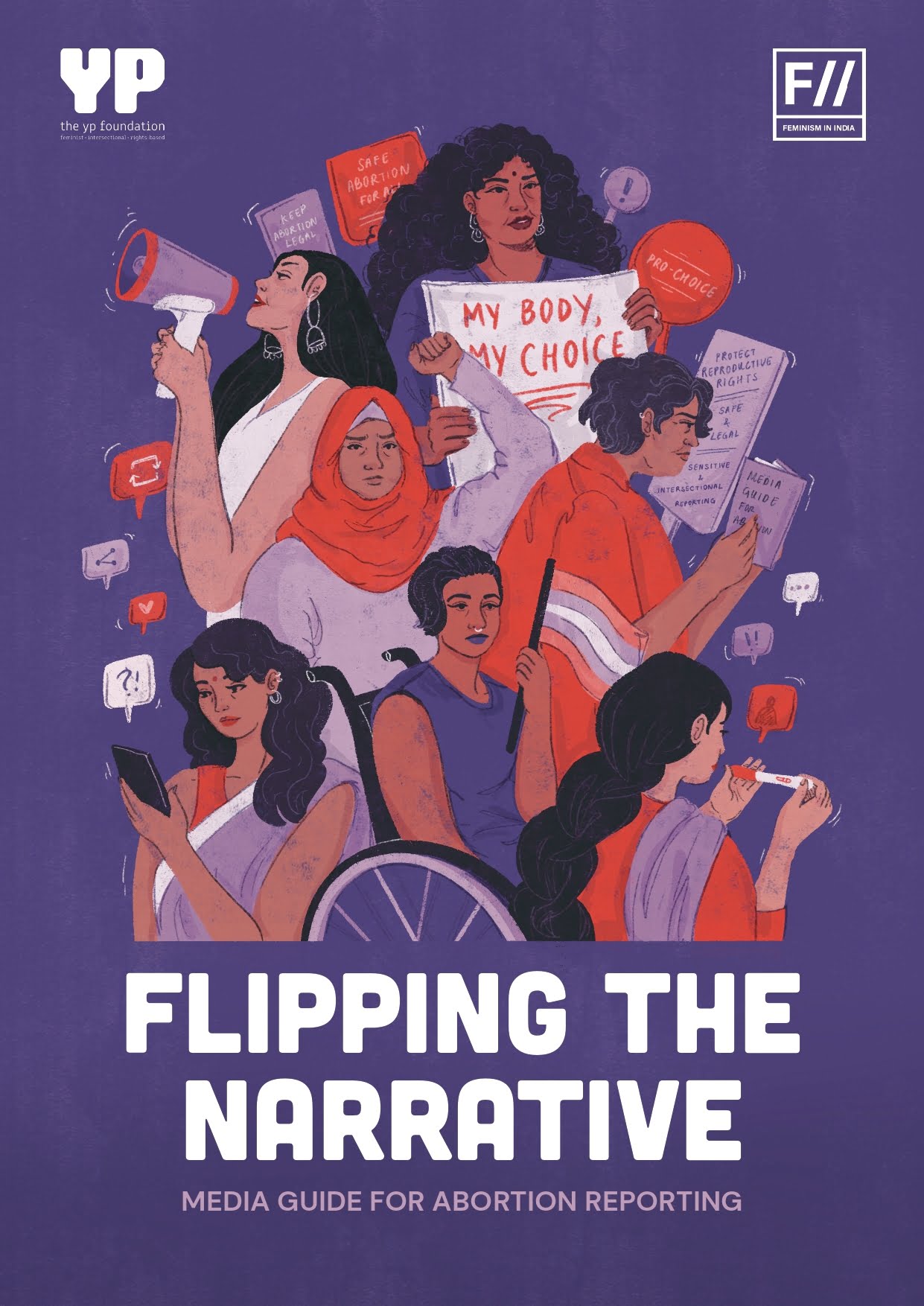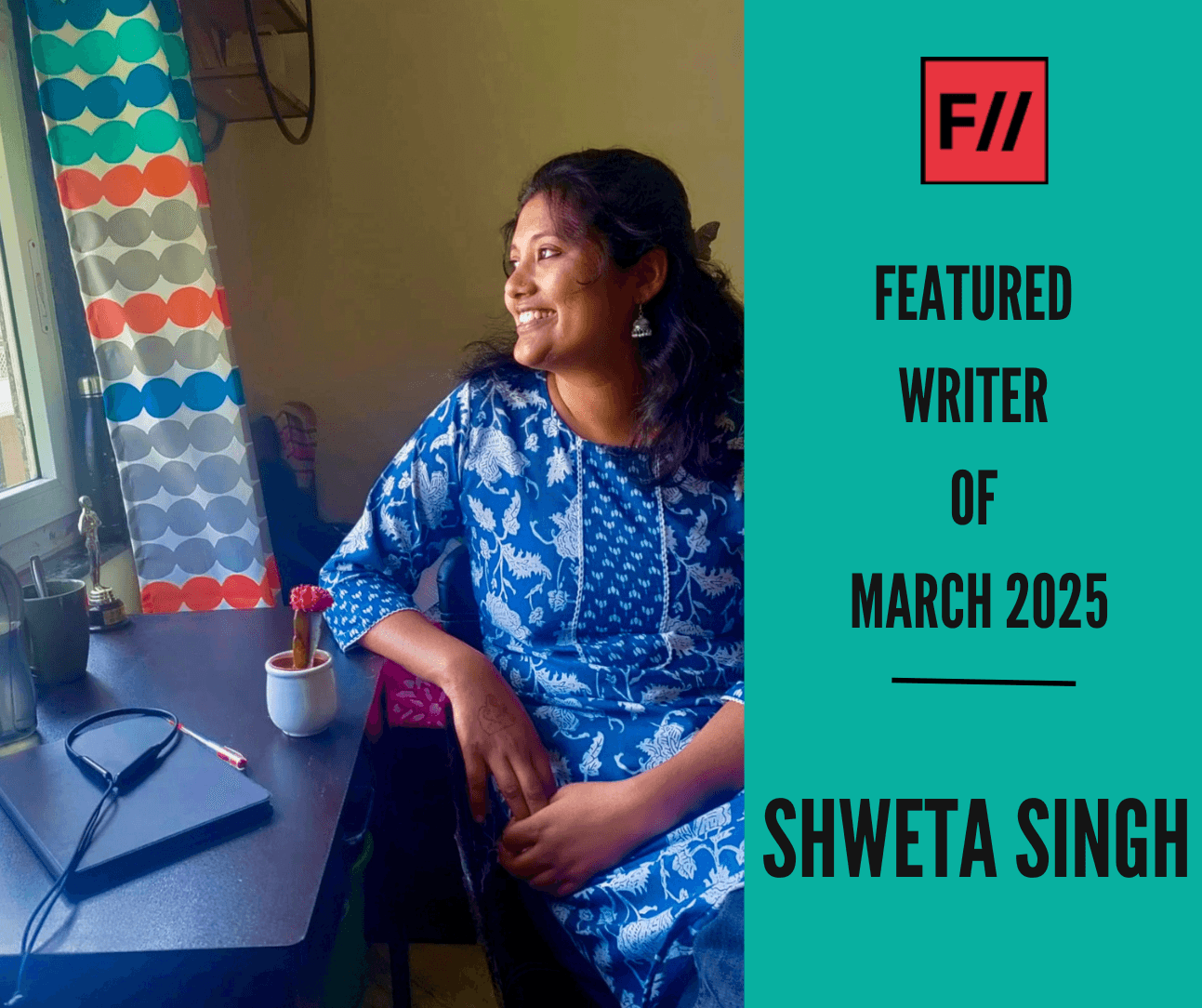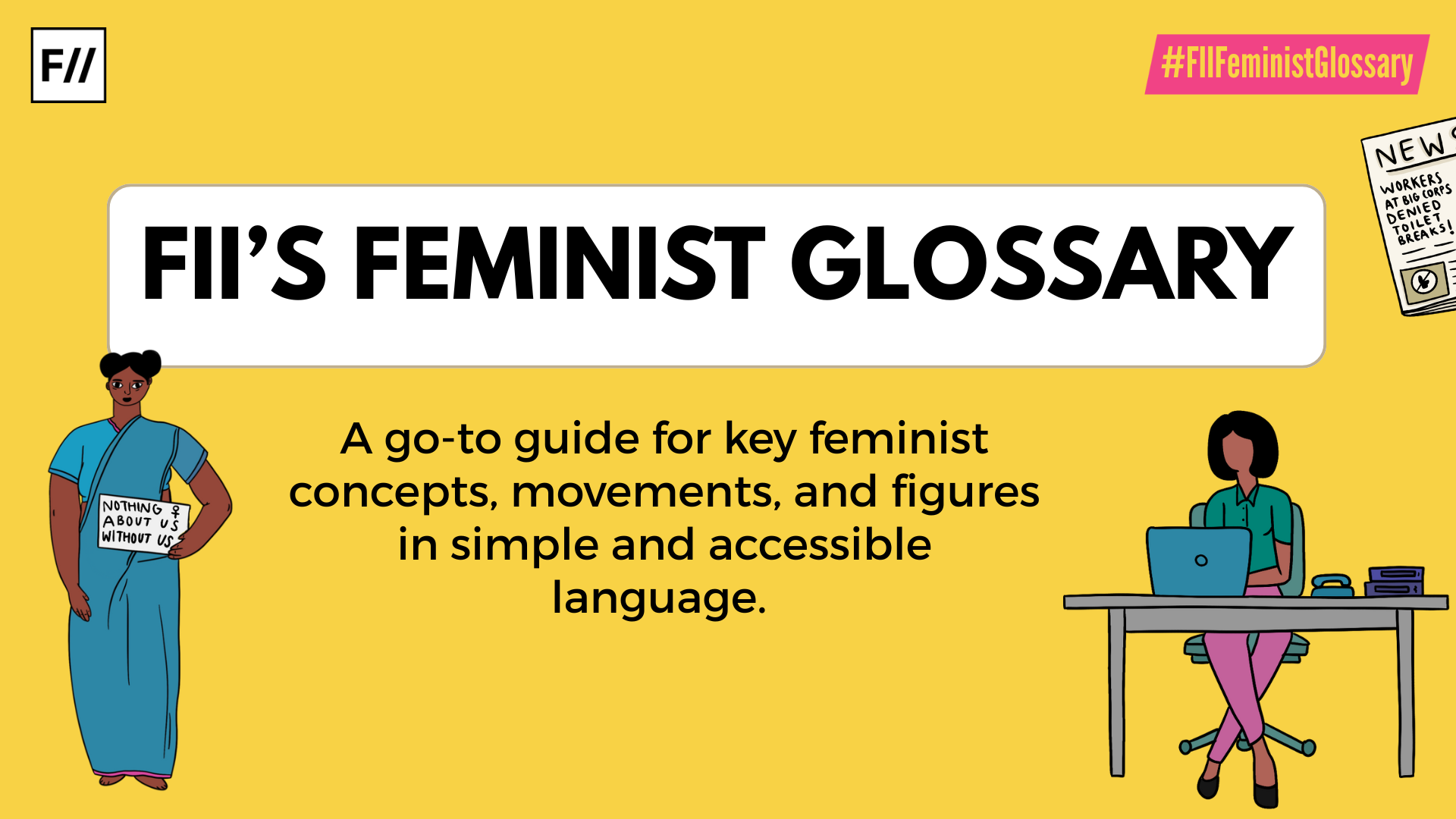On 22nd March 2024, Feminism In India (FII) and The YP Foundation (TYPF) launched ‘Flipping The Narrative’—a media ethics guide for young media professionals and journalists, on reporting on abortion in a sensitive and intersectional way.
More than 20 journalists, media professionals and students attended the launch which was part of the larger workshop on abortion reporting. The event was organised in the context of the overturning of Roe v. Wade which granted a constitutional right to abortion in the United States. This 2022 U.S. Supreme Court decision affects the fight for reproductive rights and justice and marks the deepening of anti-rights narrative across the world.
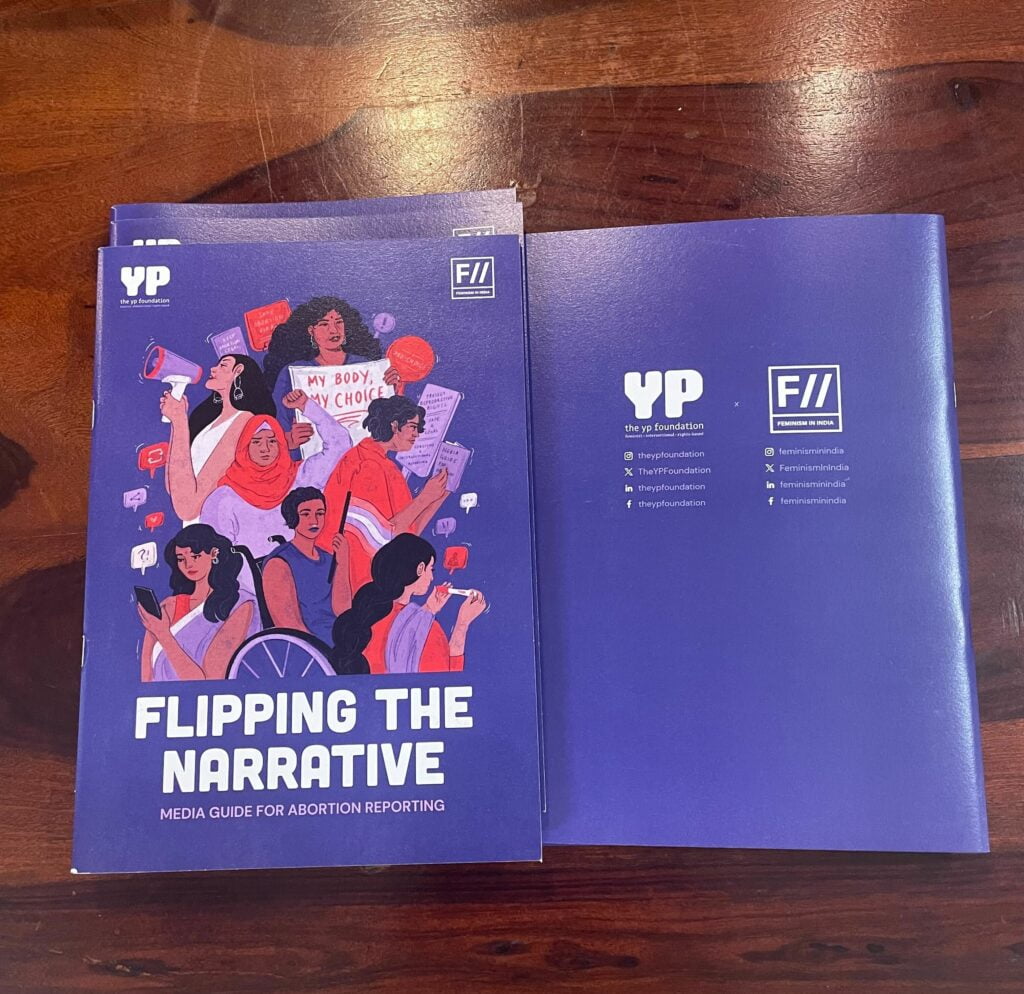
In the wake of this decision, a four country research was conducted by Fos Feminista to understand the impact the decision has made on laws, policies, narratives, and movements across Colombia, India, Kenya and Nigeria. The media guide is a result of TYPF’s work with CommonHealth, One Future Collective, and Feminism in India to counter the anti-rights narrative by building a rights-based, intersectional discourse on abortion in the country.
The event began with a detailed explanation of the rationale for creating the media toolkit by youth advocates, Sunanya Deka and Yoshita Srivastava from The YP Foundation. Later, FII Founder-CEO Japleen Pasricha and Shahinda Syed, FII’s Associate Editor, presented how the guide can be used for reporting on abortion with accuracy, sensitivity and a rights-based perspective.

Sunanya and Yoshita brought in on-ground experiences of abortion advocacy to illustrate the larger impact that the abortion guide would have on challenging abortion stigma. Both of them reiterated that the guide is going to change the societal mindset and facilitate a sensitive and taboo-free public outlook on abortion.
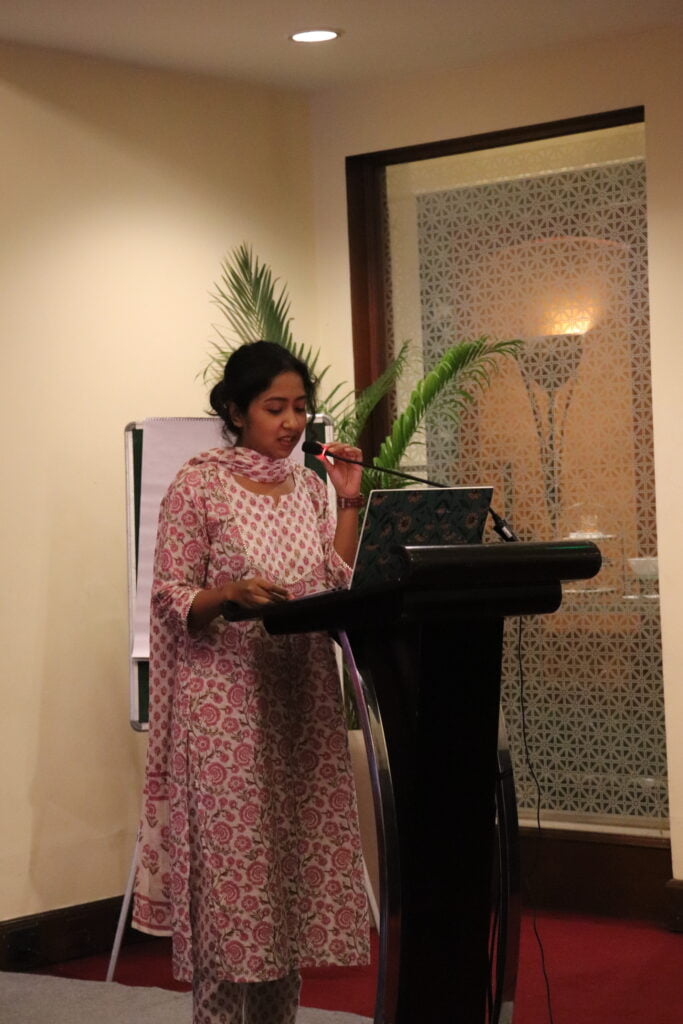
Shahinda talked about the usage of negative and sensationalist phrases and headlines that the media uses while reporting on abortion. The guide explores in detail the headlines and reports by mainstream media that portray the topic of abortion poorly by using terms and phrases with negative connotations like murderers, killing an unborn baby, killers, etc. to portray the abortion seekers or the topic of abortion in general. The guide also explores the idea of abortion being a healthcare and intersectional issue which Japleen explained in detail in her presentation.
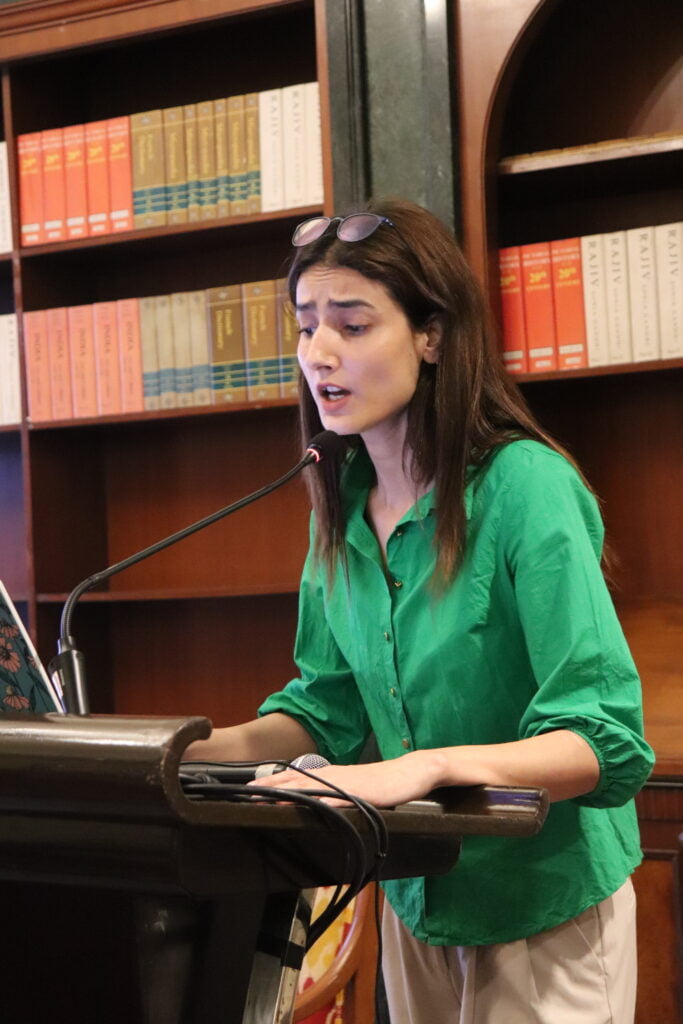
Japleen discussed how narratives and phrases around abortion are used without much thought given to whether abortion is legal or not in the country. She also explained the PC-PNDT Act and how it interacts with and complicates the abortion laws in India. By giving an overview of the legal landscape around abortion, the guide equips with comprehensive guidance on legally backed, effective reporting on abortion.
Furthermore, Japleen argued for more inclusive and sensitive imagery in the media to represent abortion. For instance, images of unborn babies to portray pregnancy, protruding bellies, etc. invoke a sense of guilt and negativity among readers against abortion, argued Japleen.

After the talk and discussion by the FII team and the TYPF team, the participants did an activity where they had to find out what was wrong with a particular headline, image or report on abortion from various news platforms. Many headlines with negative words, incorrect information, and provocative images were shown to the participants to gauge whether they understood what language and words, images and visuals media professionals and journalists should avoid and what to use instead. Eagerly the participants pointed out that most of the images were negatively portraying abortion and many headlines were misleading and also used guilt-ridden and tabooed phrases like “mum’s choice,” “abortion racket,” etc.
Riya, a participant from Avian WE, mentioned that their ‘key takeaway from the workshop was the importance of using the right terminologies while reporting on abortion, for example using mother to describe an abortion seeker or child for the foetus, and how it then shapes the perception of the abortion seeker and promotes a negative narrative.’
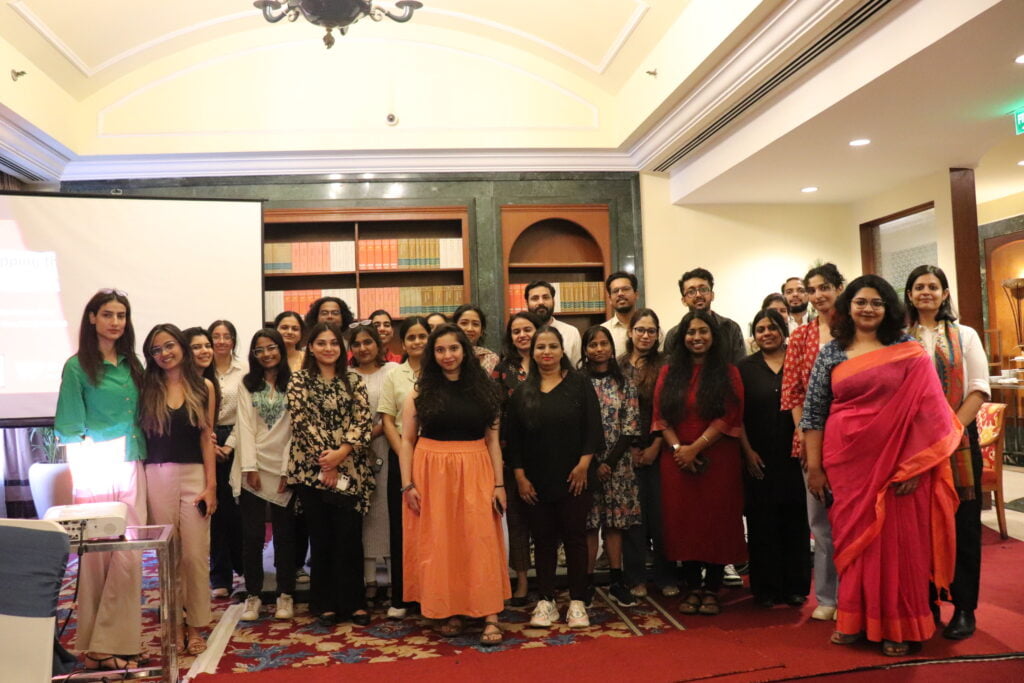
The event ended with the participants having a discussion with the FII and TYPF team members on a wide range of topics, from abortion laws in the US to India’s progressive laws on abortion. After a constructive discussion with the participants, several great ideas on how to carry forward the work put into this guide were shared and discussed.
You can find the entire toolkit free for download here.
About the author(s)
Feminism In India is an award-winning digital intersectional feminist media organisation to learn, educate and develop a feminist sensibility and unravel the F-word among the youth in India.
